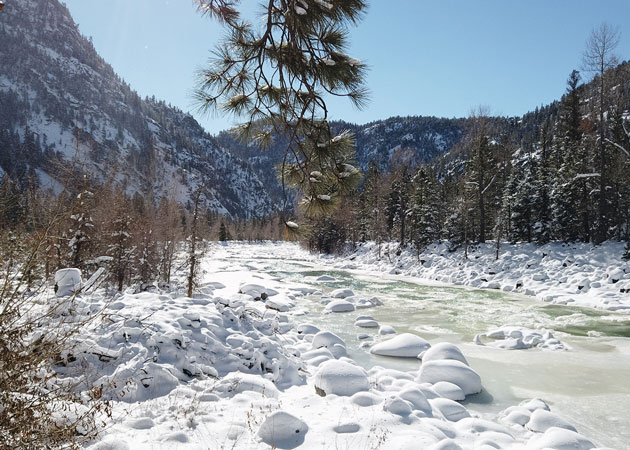What is the Flood Risk?
There’s a saying: where it can rain, it can flood. So for homebuyers, the question shouldn’t be, “can my house flood?” Rather, you should ask, “what is the flood risk?”
Naturally, flood risk is higher with a house along the coast or near a large body of water (rivers and lakes), but even if your dream house is not a beachfront property, it could be in a high-risk flood zone.
Knowing your house is prone to flooding is important because it could mean higher insurance costs, assessments, and more unexpected repairs when a storm comes through.
Here is what you need to know about flood zones before purchasing a home.
What Is a Flood Zone?
According to Forbes magazine, all areas in the U.S. are prone to flooding, but some are at a higher risk than others. Depending on the exposure level of your property to flooding—low-, moderate- or high-risk—you can face higher insurance premiums as well as potential damage to your home.
Homebuyers can check the Federal Emergency Management Agency (FEMA) website for flood maps of a neighborhood. The maps offer a risk calculation based on past events and flood patterns. Go here for the link – FEMA
According to FEMA, there’s no such thing as a “no-risk zone,” but buyers can see how prone their property is to flooding using flood maps. Areas with a 1% chance or higher of flooding are considered high risk. With this 1% chance of a flood, there is a base level or 100-year flood line. So during a 30-year mortgage, these areas have at least a one-in-four chance of flooding.
FEMA has designated two main types of flood areas: Special Flood Hazard Areas (SFHAs) and Non-Special Flood Hazard Areas (NSFHA).
Special Flood Hazard Areas (SFHAs):
- These zones start with the letters A or V
- They have at least a one-in-four chance of flooding during a 30-year mortgage
- Somebody must enforce the National Flood Insurance Program’s (NFIP’s) floodplain management regulations in these areas
- Property in SFHAs must have flood insurance
Non-Special Flood Hazard Area (NSFHA):
- These zones include B, C, X Pre- and Post-FIRM
- Consider these zones low- to moderate-risk flood zones
- They’re not in immediate danger from flooding caused by overflowing bodies of water or hard rains
- According to FEMA, despite low- to moderate risk, one in four flood claims occur in these areas.



